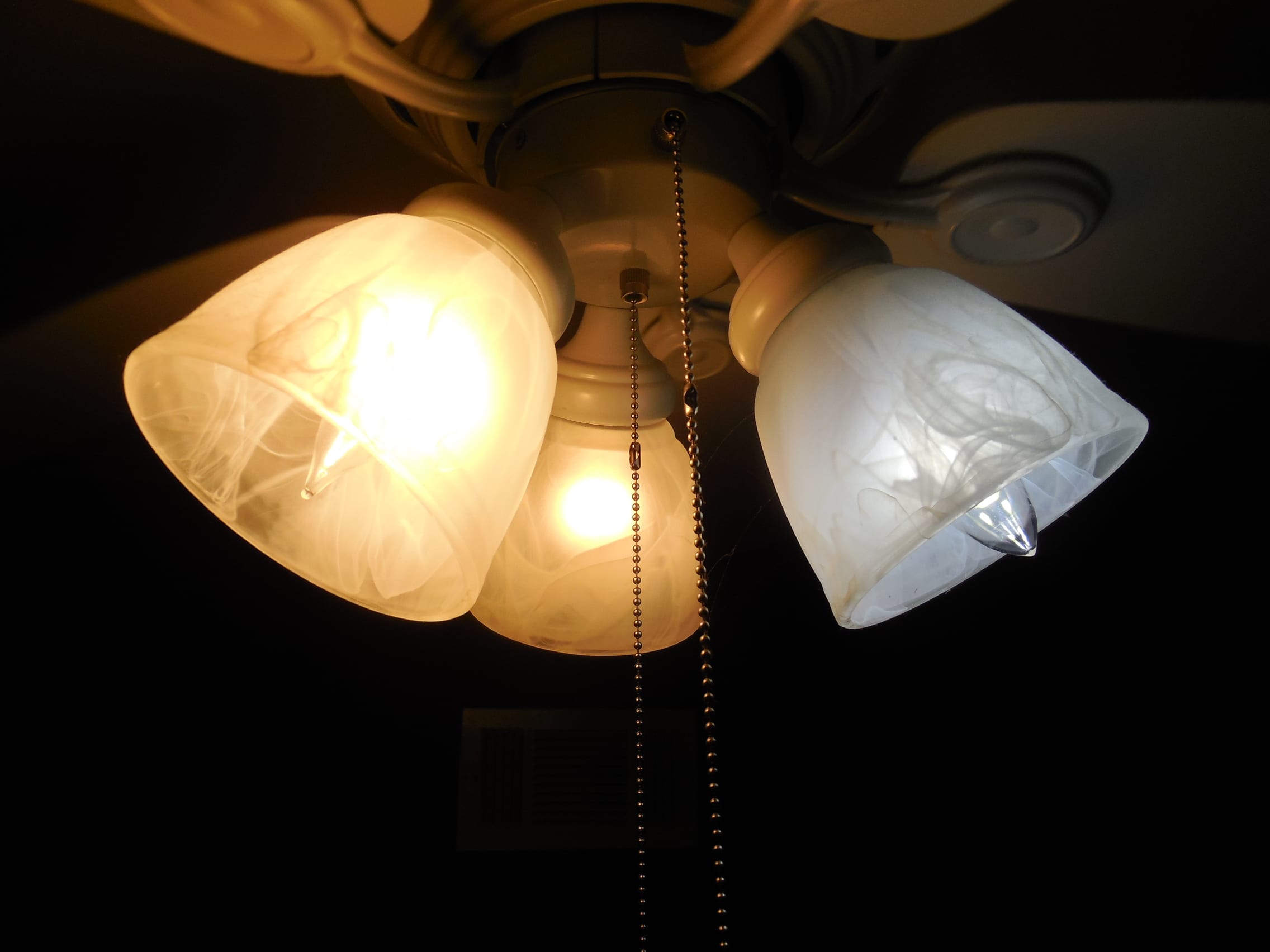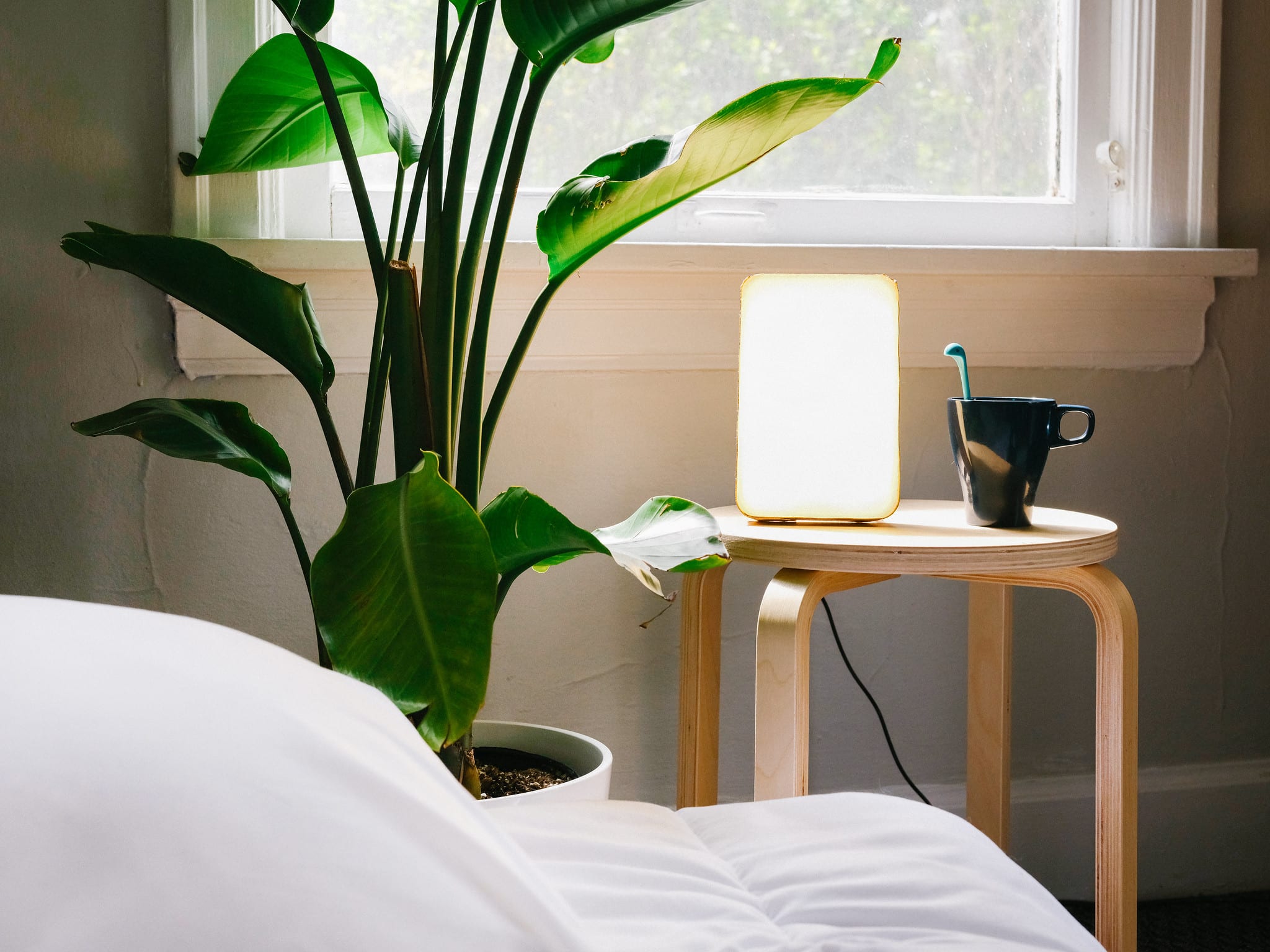â€Don't stare at your phone/computer too much, you will hurt your eyes†– we've probably all heard this at some point in our lives. Is this true? Does staring at a screen really “hurt†your eyes? What other effects does it have on the body, and is it something that will impact our health as we get older?
Sources of Light
The main culprit behind the dangers of excessive screen exposure is the blue light that many of our modern day devices emit. Blue light is found in the visible light spectrum ranging in wavelength from 450nm to 470nm, and is commonly used in households in the form of light-emitting diodes (LEDs) for their energy-efficiency and longevity. LEDs were first invented in the mid 1900s, but only became popularized and affordable in the 1990s. Beyond their use in light bulbs, they were eventually incorporated into phones, TVs, computer screens, and tablets. While LEDs emit only one color (predominantly blue), incandescent lights, the standard for artificial lighting before LEDs, produce a continuous spectrum emitting all the colors of the visible spectrum (~450-950nm). A natural source of light producing a continuous spectrum, is the sun. Humans are biologically responsive to sunlight through its regulation of our circadian rhythm (sleep/wake cycles) which modulates the levels of serotonin (mood neurotransmitter) and melatonin (sleep hormone) in the body. On the other hand, prolonged exposure to artificial light at night can cause physiologically adverse effects.

Light and the Circadian Rhythm
In 1998, melanopsin, a photoreceptor in the eye that responds to blue light was discovered. Melanopsin retinal cells were found to send sensory information to the suprachiasmatic nucleus (SCN), a group of neurons in the hypothalamus-a part of the brain that keeps the body in balance by controlling involuntary measures such as temperature, appetite, and hormonal levels. The SCN is thought to regulate circadian rhythm, the body's internal clock, through hormone release, body temperature, and gene expression. This “rhythm†essentially defines times when one should relax, cool off, slow down, and rest, versus optimal times to be alert and aware. Normally, during the day, the natural blue light emitted from the Sun is detected by melanopsin cells, which send signals to the SCN to induce alertness, and promote attention, learning, and memory consolidation. A decrease in this light at night provides cues to help the body rest and sleep. Thus, blue light is essential for proper sleep-wake patterns. In fact, blue and white light lamps are commonly used to treat seasonal affective disorder, depression, and sleep disorders. Unfortunately, excessive exposure to blue light during the evening or night can cause mood dysregulation, suppressed melatonin levels, and decreased cognitive performance.

Cognitive Deficits
Memory, attention, and the ability of the brain's neural circuits to adapt for learning have been found to be greatly impaired from blue light exposure at abnormal times. Several studies have found, when subjected to continuous light conditions (no dark period), mice and rats developed anxiety-like behaviors, learning deficits, reduced motor performance, weakened memory, and depression. Animals in these studies also exhibited physical reductions in the volume of brain regions associated with memory and mood.
Visual Impairments
In addition to the circadian biological impact of blue light, there are also damaging ocular effects. Dry eye can occur as a result of excessive blue light exposure. Exposure also influences cataract formation, a leading cause of blindness. Our lens naturally change in color, becoming a darker yellow as a protective effect on the retina against short light waves such as blue light. However, the protective feature gradually decreases the transparency of the lens, leading to cataract formation and blurred vision. Retinal damage and nearsightedness have also been correlated with blue light exposure levels.
Dealing with the Blues
In a world that is inundated with light pollution, what steps can we take to reduce the damaging effects of blue light exposure? The most obvious one is to sleep with all the lights off, and eliminate any internet-surfing or tablet-use before bedtime. In order to start normalizing sleep patterns at regular hours, red light at night can help stimulate melatonin. The next step is to apply a blue light filter to all of your electronic devices to reduce the blue light that directly hits your eyes. There is also emerging low blue light technology using LEDs that emit relatively less blue light, while being equally as energy-efficient to existing technology. For those experiencing optical complications, it is beneficial to use antioxidant eye drops that treat dry eye and even help in preventing cataract growth. Overall, it is important to remember to only use LED-containing devices and stay in well-lit areas during the day, and put away all devices as night approaches. This schedule will help maintain a regular circadian rhythm and minimize unnecessary exposure to harmful light. What do you say? Time to give your eyes a break?
About the author:
 |
Chaitanya Tondepu is a Ph.D. Candidate in the Integrated Life Sciences program at the University of Georgia. Other than science, her favorite pastimes are dancing, hanging out with friends and family, exploring, crafting, and eating delicious food. You can email her at chaitanya.tondepu@uga.edu. More from Chaitanya Tondepu. |
About the Author
- athenssciencecafehttps://athensscienceobserver.com/author/athenssciencecafe/April 17, 2020
- athenssciencecafehttps://athensscienceobserver.com/author/athenssciencecafe/April 12, 2020
- athenssciencecafehttps://athensscienceobserver.com/author/athenssciencecafe/April 3, 2020
- athenssciencecafehttps://athensscienceobserver.com/author/athenssciencecafe/March 30, 2020







